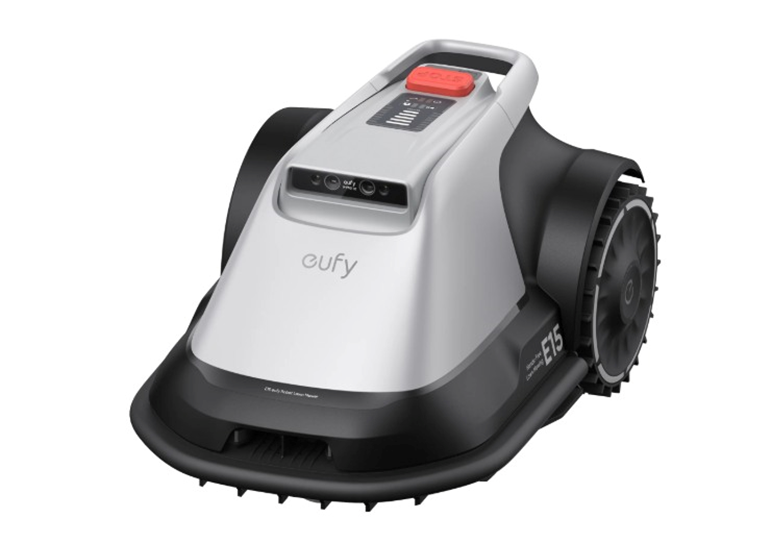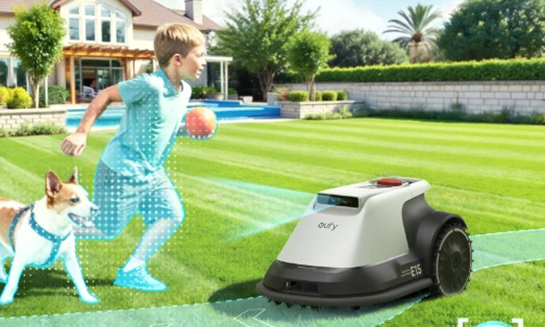27 Jun 2025
Post by Elowenly
Lawn aeration boosts soil health, reduces compaction, and allows roots to grow deeper by improving airflow and nutrient delivery. But timing is critical. Aerate too early, and your lawn won’t recover. Aerate too late, and you miss the opportunity to strengthen roots during active growth. Choosing the right season for your aerate lawn makes all the difference. And once aeration is done, consistent mowing with the right tool ensures lasting results.
Factors That Determine the Right Aeration Time
Grass Type: Cool-Season vs. Warm-Season
The best time to aerate depends first on your grass type. Cool-season grasses—such as fescue, ryegrass, and Kentucky bluegrass—grow most actively in early spring and fall. For these lawns, aerating in September or April gives roots time to expand and absorb nutrients before growth slows or summer heat arrives. Warm-season grasses like Bermuda, centipede, and zoysia grow fastest in late spring through early summer. These lawns benefit most from aeration between May and June, right before their peak growth. This timing ensures the soil opens up right when roots can take full advantage of water and nutrients. Aeration is just the beginning. Proper mowing supports root recovery. The eufy Robot Lawn Mower E15 maintains ideal grass height with uniform, parallel cutting paths, guided by V-FSD positioning technology. It covers up to 0.2 acres (8,700 sq ft) with precision, making post-aeration care easier and more consistent.

Soil Condition and Compaction
Heavily compacted soil requires more frequent and well-timed aeration. Signs of compaction include water puddling, patchy growth, and difficulty inserting a screwdriver into the ground. In these cases, don’t wait for the calendar—plan aeration as soon as the grass enters its growing phase. Aeration should never happen when the soil is overly wet or bone-dry. Aim for moist soil conditions, typically one day after light rain or irrigation. This helps tines penetrate deeper without tearing up turf. After aeration, soil can be vulnerable. E15 helps protect your lawn by using a 3D perception system to avoid obstacles and fragile areas. With no wires or RTK station required, setup is fast, and mowing stays efficient—even when the terrain changes.
Lawn Age and Traffic Levels
New lawns generally don’t need aeration until at least one year after planting. The roots need time to establish before being disturbed. Mature lawns, especially those with regular foot traffic or heavy mower use, often benefit from annual aeration. If pets, kids, or gatherings frequently stress the lawn, early-season aeration becomes more important. Recovery requires consistent mowing, but over-cutting weakens new growth. E15 prevents that by adjusting to the lawn’s shape and condition using its smart coverage detection system. No zone is skipped or double-mowed.
Tips for Supporting Aeration with Smart Mowing
Mow Consistently Without Causing Stress
Aerated lawns are vulnerable for a few days. Avoid aggressive mowing immediately after aeration. Instead, allow grass to grow slightly taller, then trim it down gradually. E15 helps with this by following intelligent, low-impact paths and cutting with gentle precision. With auto mapping via the app, you can schedule mowing a few days after aeration and monitor results from anywhere. If your Wi-Fi doesn’t reach the entire yard, you can enable 4G app control to keep everything running on time.
Avoid Interruption During Recovery
Unreliable mowing during recovery disrupts new root formation. E15 removes that worry. It returns to base automatically during rain or low light, protecting aerated soil from damage. GPS tracking ensures the mower stays secure, and you’ll get alerts if it moves unexpectedly. This reliability allows you to stay hands-off while still supporting post-aeration health.
Maintain a Long-Term Lawn Plan
Once you know your lawn’s aeration schedule, build the rest of your care routine around it. Combine seasonal aeration with fertilizing and mowing for the best results. E15 simplifies the process with its pure vision FSD navigation system, which adapts to changes in your lawn without manual recalibration. The mower keeps your lawn in peak condition throughout the season, complementing aeration with the consistency required for sustained growth.

Conclusion
The best time to aerate your lawn depends on your grass type and growing cycle. For cool-season lawns, aim for spring or fall. For warm-season varieties, focus on late spring through early summer. Factor in soil condition, lawn usage, and recent weather to fine-tune the timing. But aeration is only part of the process. Maintenance afterward is just as important. The eufy Robot Lawn Mower E15 makes that easy with smart navigation, obstacle avoidance, and hands-free control. From cutting clean lines to protecting freshly aerated soil, E15 ensures your lawn stays healthy with less effort. Aerate at the right time—then let E15 keep your yard thriving all season long.
